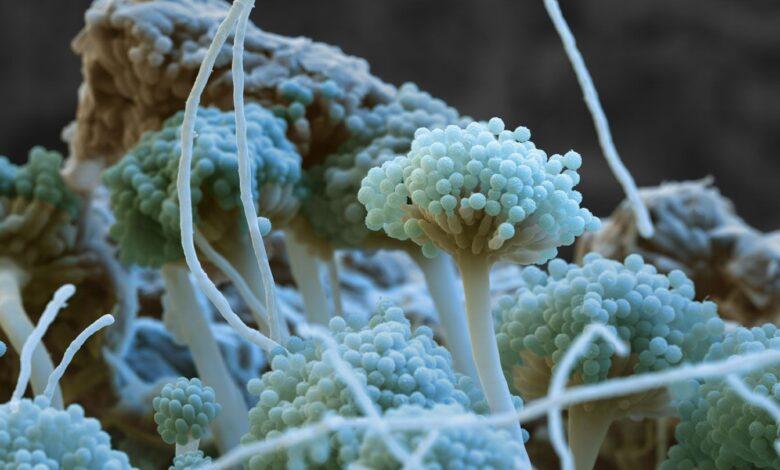Scientists have found that a toxic fungus called “the curse of the pharaoh” can help treat cancer

Aspergillus flavus, known as the “Pharaoh’s Curse” due to its alleged link to the deaths of archaeologists who discovered Tutankhamun’s tomb in the 1920s, may have cancer-fighting potential, researchers have found. About this informs Phys.org.
The fungus Aspergillus flavus got its nickname because of the production of aflatoxins, toxic compounds that can cause serious illness and even death. It was these compounds that could have caused the death of several archaeologists who were engaged in the study of ancient tombs. However, a team of scientists led by researchers from the University of Pennsylvania discovered in A. flavus unique molecules with a structure of interconnected rings, which were named “asperihimycins”.
After identifying these compounds—a class of ribosomally synthesized and post-translationally modified peptides (RiPPs)—the researchers modified them and tested them in combination with leukemia cancer cells. The results showed that these new chemicals effectively suppress the activity of malignant cells. By adding lipids to the mix, the scientists turned the “Pharaoh’s Curse” into an effective drug that proved to be as effective as FDA-approved drugs that have long been used in the treatment of leukemia.
“Fungi gave us penicillin. These results show that there are still many undiscovered drugs in nature that we have yet to find.” – said the lead author of the study from the University of Pennsylvania Sherry Gao.
In order to better investigate the properties of RiPP peptides, scientists carried out selective activation and deactivation of individual genes in leukemic cells. As a result, it was established that the SLC46A3 gene plays a key role in the process, as it allows asperihimycins to enter cells in sufficient quantity.
The addition of lipids affected the functioning of this gene, enhancing its ability to transport molecules, which ultimately increased the effectiveness of the drug. At the same time, it turned out that RiPP peptides are active exclusively against leukemia cells and do not affect breast, liver or lung cancer cells. So their use is likely to be limited to certain types of oncology. Once inside the cell, asperihimycins block the process of cell division, which is how cancer spreads.
“Cancer cells divide uncontrollably. These compounds block the formation of microtubules, which are necessary for cell division.” Gao explained.
Scientists hope to soon move on to testing the RiPP peptides in animals, and eventually in humans, to develop new approaches to the treatment of dangerous forms of cancer.





